calcite crystal growth rate inhibition by polycarboxylic acids r
2023-10-12T08:10:39+00:00
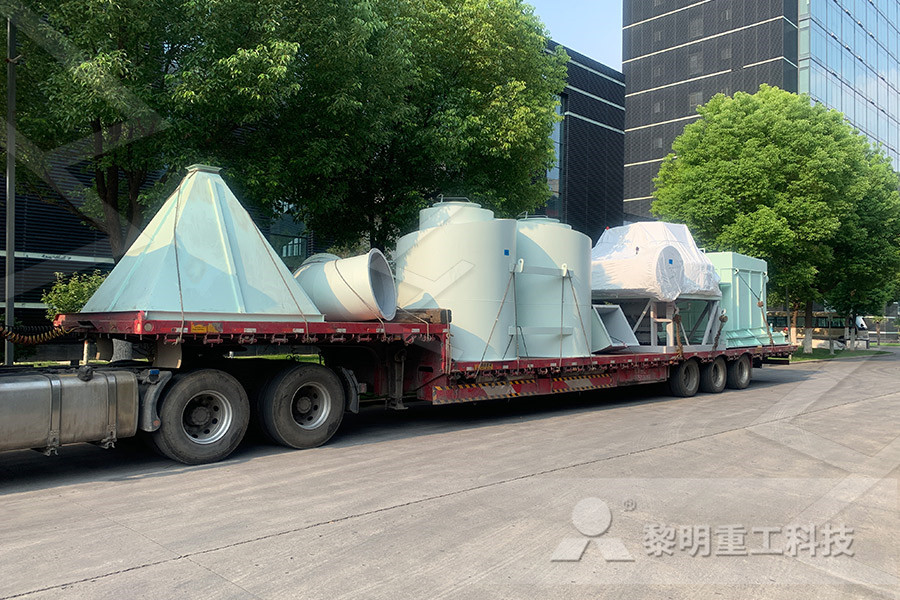
Calcite Crystal Growth Rate Inhibition by Polycarboxylic Acids
15/03/2001 In contrast, linear polycarbocylic acids (citric acid and tricarballylic acid) had no inhibiting effect on calcite growth rates at concentrations up to 10 mg/L Calcite crystal growth rate inhibition by cyclic polycarboxyclic acids appears to involve blockage of crystal growth sites on the mineral surface by several carboxylate groups Growth morphology varied for growth in Calcite crystal growth rates measured in the presence of several polycarboxyclic acids show that tetrahydrofurantetracarboxylic acid (THFTCA) and cyclopentanetetracarboxylic acid (CPTCA) are effective growth rate inhibitors at low solution concentrations (001 to 1 mg/L)Calcite Crystal Growth Rate Inhibition by Polycarboxylic AcidsIn contrast, linear polycarbocylic acids (citric acid and tricarballylic acid) had no inhibiting effect on calcite growth rates at concentrations up to 10 mg/L Calcite crystal growth rate inhibition by cyclic polycarboxyclic acids appears to involve blockage of crystal growth sites on the mineral surface by several carboxylate groups Growth morphology varied for growth in the absence Calcite crystal growth rate inhibition by polycarboxylic acids
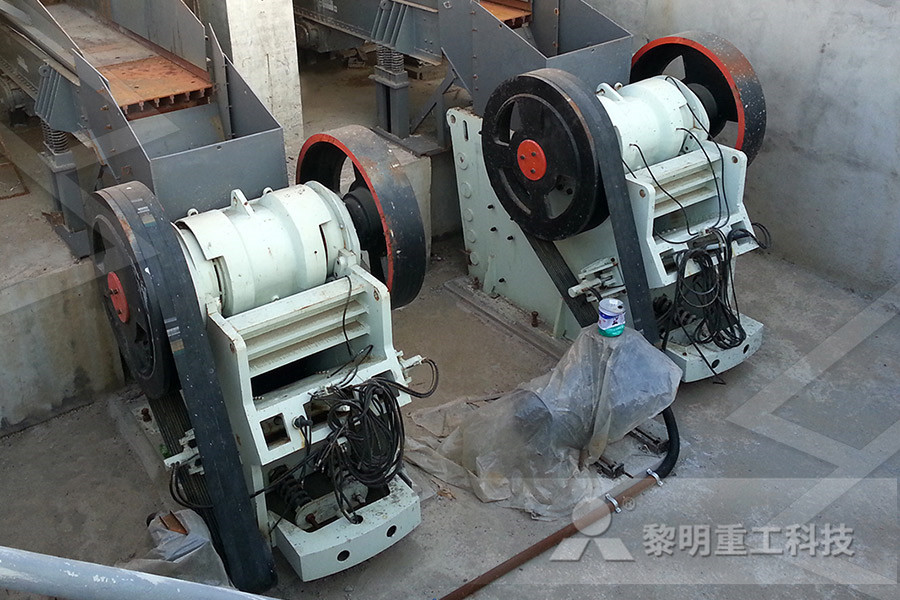
Calcite Crystal Growth Rate Inhibition by Polycarboxylic Acids
In contrast, linear polycarbocylic acids (citric acid and tricarballylic acid) had no inhibiting effect on calcite growth rates at concentrations up to 10 mg/L Calcite crystal growth rate inhibition by cyclic polycarboxyclic acids appears to involve blockage of crystal growth sites on the mineral surface by several carboxylate groupsCalcite crystal growth rates expressed as reduced rates (R/Ro ) for is less than 5% of total calcium experiments at various concentrations of polycarboxylic acids plotted versus Reacted and unreacted calcite seed crystals were examined the polycarboxylate acid concentrationCalcite Crystal Growth Rate Inhibition by Polycarboxylic Acids31/12/2000 Calcite crystal growth rates measured in the presence of several polycarboxyclic acids show that tetrahydrofurantetracarboxylic acid (THFTCA) and cyclopentanetetracarboxylic acid (CPTCA) are effective growth rate inhibitors at low solution concentrations (001 to 1 mg/L) In contrast, linear polycarbocylic acids (citric acid and tricarballylic acid) had no inhibiting effect Calcite crystal growth rate inhibition by polycarboxylic
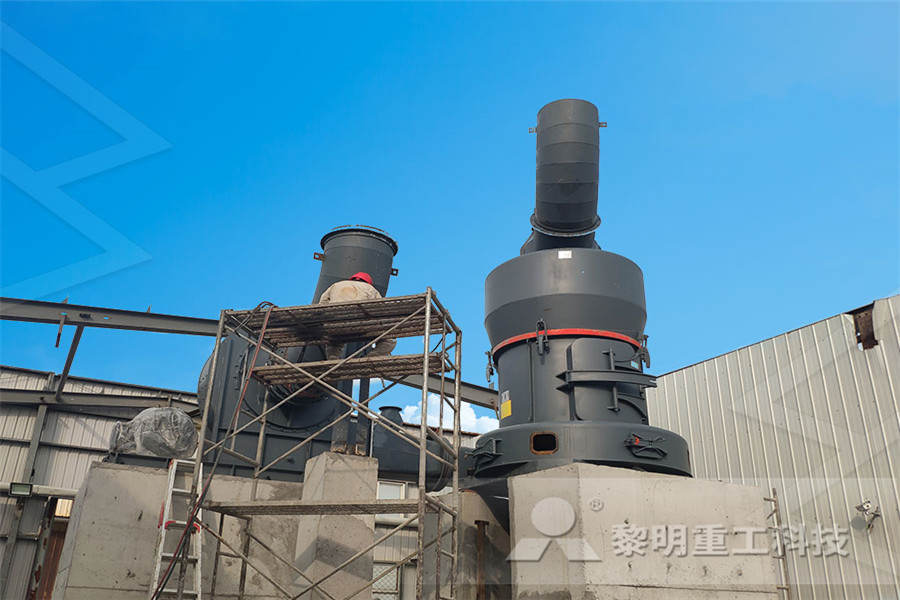
Calcite Crystal Growth Rate Inhibition by Polycarboxylic
In contrast, linear polycarbocylic acids (citric acid and tricarballylic acid) had no inhibiting effect on calcite growth rates at concentrations up to 10 mg/L Calcite crystal growth rateCalcite crystal growth rates measured in the presence of several polycarboxyclic acids show that tetrahydrofurantetracarboxylic acid (THFTCA) and cyclopentanetetracarboxylic acid (CPTCA) are effective growth rate inhibitors at low solution concentrations (001 to 1 mg/L) In contrast, linear polycarbocylic acids (citric acid and tricarballylic acid) had no inhibiting effect on calcite Calcite Crystal Growth Rate Inhibition by Polycarboxylic 01/03/2001 Calcite Crystal Growth Rate Inhibition by Polycarboxylic Acids Reddy, Michael M; Hoch, Anthony R Abstract Publication: Journal of Colloid and Interface Science Pub Date: March 2001 DOI: 101006/jcis20007378 Bibcode: 2001JCIS235365R full text sources Calcite Crystal Growth Rate Inhibition by Polycarboxylic
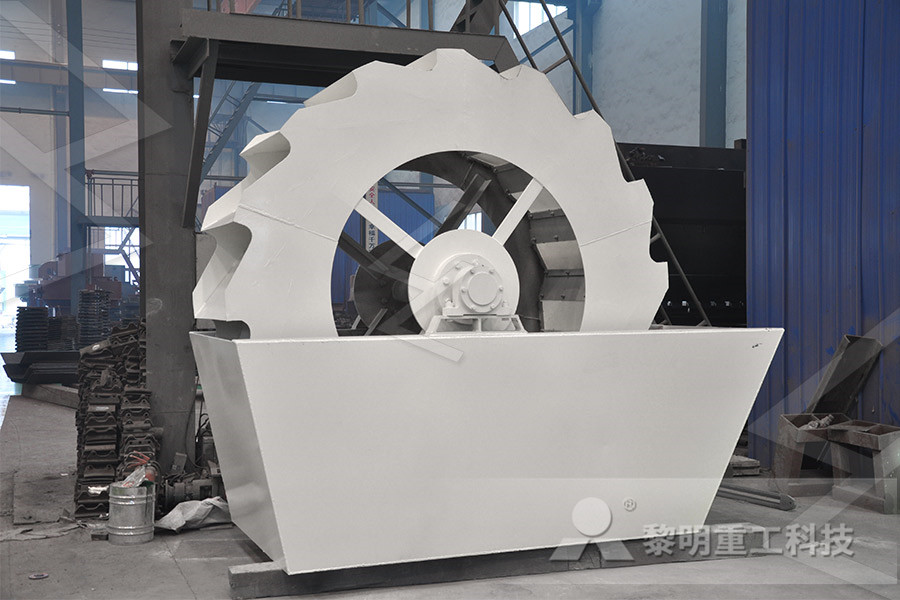
Calcite growthrate inhibition by fulvic acid and
01/08/2012 Calcite crystal growth rate inhibition by polycarboxylic acids Journal of Colloid and Interface Science , 235 ( 2001 ) , pp 365 370 Article Download PDF View Record in Calcite crystal growth rates measured in the presence of several polycarboxyclic acids show that tetrahydrofurantetracarboxylic acid (THFTCA) and cyclopentanetetracarboxylic acid (CPTCA) are effective growth rate inhibitors at low solution concentrations (001 to 1 mg/L) In contrast, linear polycarbocylic acids (citric acid and tricarballylic acid) had no inhibiting effect on calcite Calcite Crystal Growth Rate Inhibition by Polycarboxylic Calcite Crystal Growth Rate Inhibition by Polycarboxylic Acids Reddy, Michael M; Hoch, Anthony R Abstract Publication: Journal of Colloid and Interface Science Pub Date: March 2001 DOI: 101006/jcis20007378 Bibcode: 2001JCIS235365R full text sources Calcite Crystal Growth Rate Inhibition by Polycarboxylic
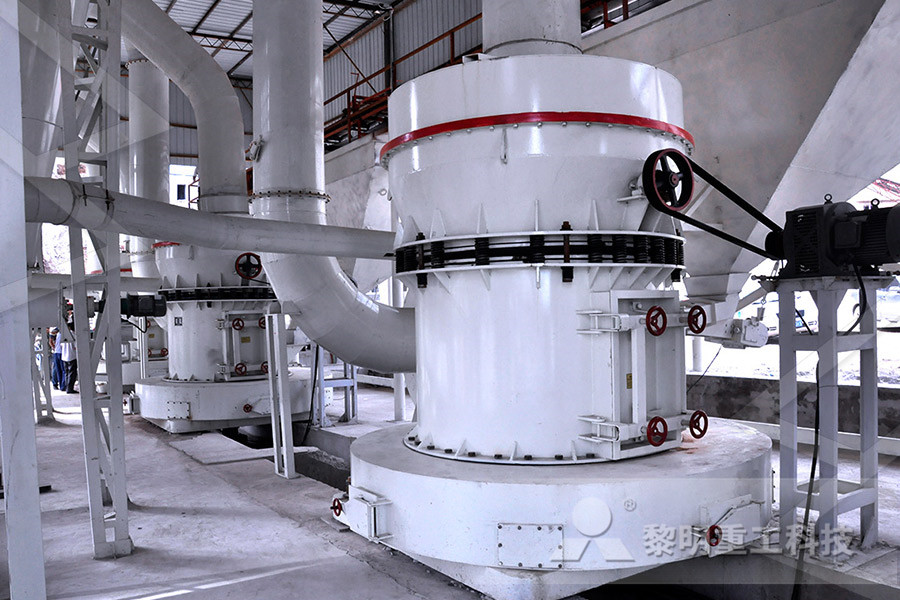
Calcite Crystal Growth Rate Inhibition by Polycarboxylic Acids
Calcite Crystal Growth Rate Inhibition by Polycarboxylic Acids Author: Michael M Reddy Anthony R Hoch Issue Date: 2001 Abstract(summary): linkinghubelsevier Calcite crystal growth rates measured in the presence of several polycarboxyclic acids show that tetrahydrofurantetracarboxylic acid (THFTCA) and cyclopentanetetracarboxylic acid (CPTCA) are effective growth rate inhibitors at low solution concentrations (001 to 1 mg/L) In contrast, linear polycarbocylic acids (citric acid and tricarballylic acid) had no inhibiting effect on calcite Calcite Crystal Growth Rate Inhibition by Polycarboxylic AcidsCalcite growthrate inhibition by BSLFA is consistent with a model indicating that polycarboxylic acid molecules present in BSLFA adsorb at growth sites on the calcite crystal surface In contrast to published results for an unfractionated SRFA, there is dramatic calcite growth inhibition (at a concentration of 1 mg/L) by a SRFA fraction eluted by pH 5 solution Calcite GrowthRate Inhibition by Fulvic Acids Isolated
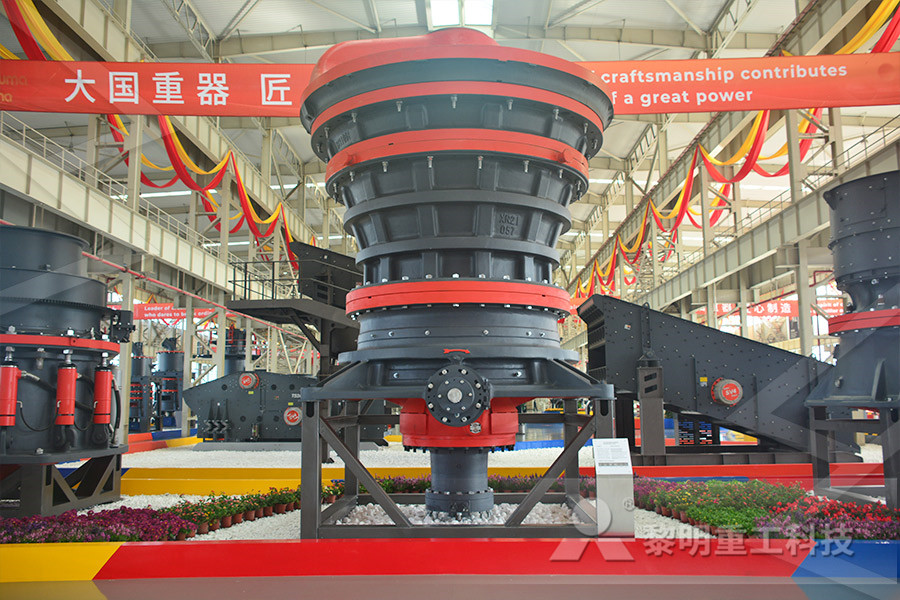
socolar
Calcite Crystal Growth Rate Inhibition by Polycarboxylic Acids had no inhibiting effect on calcite growth rates at concentrations up to 10 mg/L Calcite crystal growth rate inhibition by cyclic polycarboxyclic acids appears to involve blockage of crystal growth sites on the mineral surface by several carboxylate groups Growth morphology varied for growth in the absence Article “Calcite Crystal Growth Rate Inhibition by Polycarboxylic Acids” Detailed information of the JGLOBAL is a service based on the concept of Linking, Expanding, and Sparking, linking science and technology information which hitherto stood alone to support the generation of ideas By linking the information entered, we provide opportunities to make unexpected discoveries Calcite Crystal Growth Rate Inhibition by Polycarboxylic Calcite growthrate inhibition by BSLFA is consistent with a model indicating that polycarboxylic acid molecules present in BSLFA adsorb at growth sites on the calcite crystal surface In contrast (PDF) Calcite Growth–Rate Inhibition by Fulvic Acids
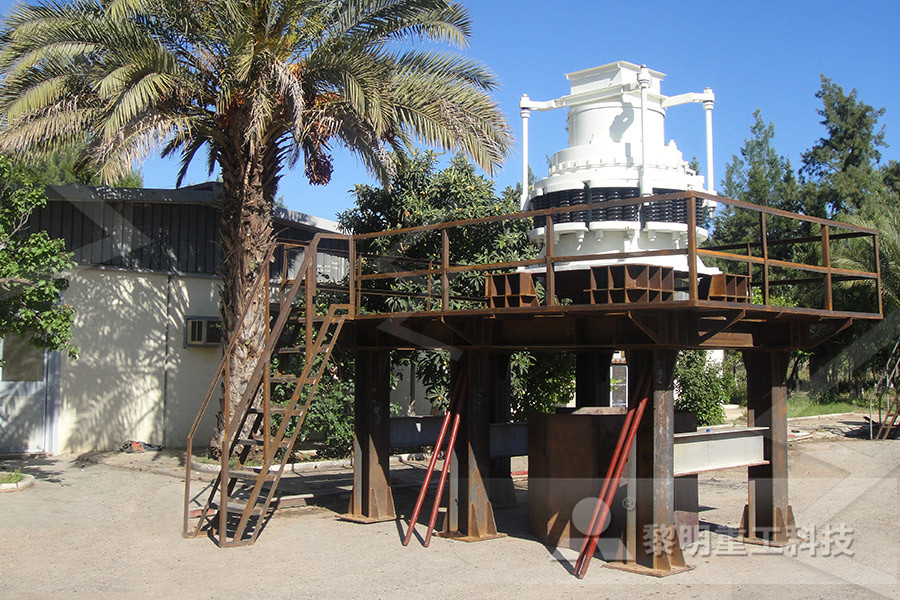
Calcite crystal growth inhibition by humic substances with
Fryxell, Antarctica, on the crystal growth of calcite (CaCO3) Highly reproducible calcite growth experiments aliphatic polycarboxylic acids on the growth of calcium sulfate dihydrate and found that there must be at least two carboxyl groups present for a molecule to act as an inhibitor, and optimal inhibition is achieved when there isa2to5carbon distance between the carboxyls Calcite Crystal Growth Rate Inhibition by Polycarboxylic Acids نویسندگان Michael M Reddy Anthony R Hoch چکیده Calcite crystal growth rates measured in the presence of several polycarboxyclic acids show that tetrahydrofurantetracarboxylic acid (THFTCA) and cyclopentanetetracarboxylic acid (CPTCA) are effective growth rate inhibitors at low solution Calcite Crystal Growth Rate Inhibition by Polycarboxylic Calcite Crystal Growth Rate Inhibition by Polycarboxylic Acids Author: Michael M Reddy Anthony R Hoch Issue Date: 2001 Abstract(summary): linkinghubelsevier Calcite Crystal Growth Rate Inhibition by Polycarboxylic Acids
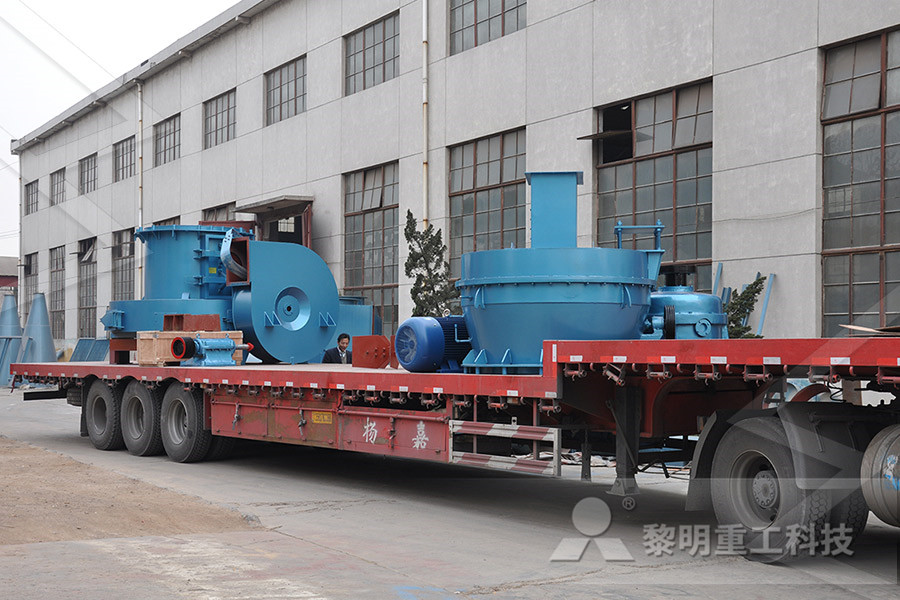
Reddy, MM and Hoch, AR (2001) Calcite Crystal Growth
Reddy, MM and Hoch, AR (2001) Calcite Crystal Growth Rate Inhibition by Polycarboxylic Acids Journal of Colloid and Interface Science, 235, 365370More effective growth rate reduction by CPTCA relative to THFTCA suggests that inhibitor carboxylate stereochemical orientation controls calcite surface interaction with carboxylate inhibitors ?? 20O1 Academic Press application/pdf 101006/jcis20007378 en Calcite crystal growth rate inhibition by polycarboxylic acids articlepubserusgsgovCalcite growthrate inhibition by BSLFA is consistent with a model indicating that polycarboxylic acid molecules present in BSLFA adsorb at growth sites on the calcite crystal surface In contrast to published results for an unfractionated SRFA, there is dramatic calcite growth inhibition (at a concentration of 1 mg/L) by a SRFA fraction eluted by pH 5 solution Calcite growthrate inhibition by fulvic acids isolated
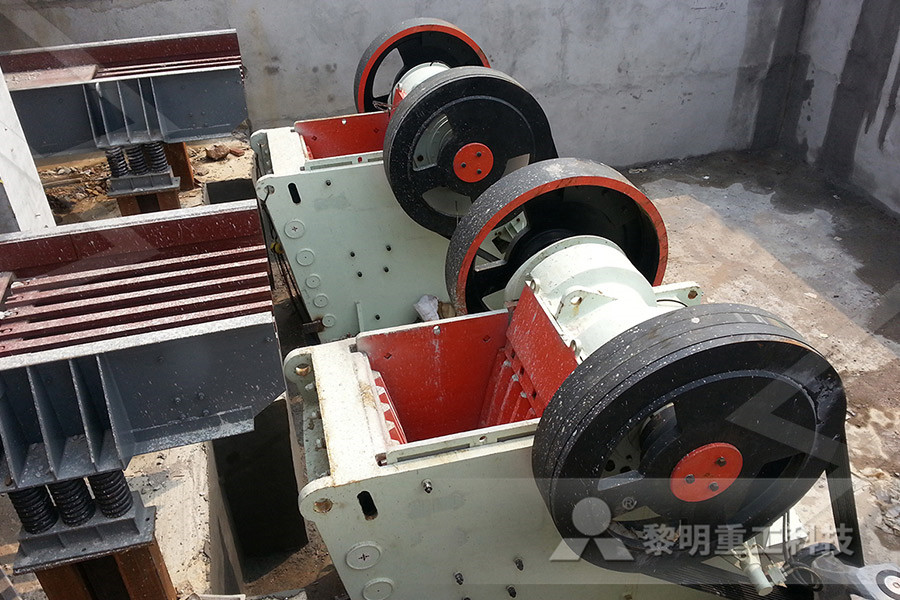
Calcite Crystal Growth Rate Inhibition by Polycarboxylic
Article “Calcite Crystal Growth Rate Inhibition by Polycarboxylic Acids” Detailed information of the JGLOBAL is a service based on the concept of Linking, Expanding, and Sparking, linking science and technology information which hitherto stood alone to support the generation of ideas By linking the information entered, we provide opportunities to make unexpected discoveries Thus, although calcite supersaturation is observed in Everglades waters, kinetic inhibition by natural organic acids probably prevents abiotic precipitation from occurring Chemical properties of organic acids and effectiveness of crystal growth inhibition Below, we have plotted chemical characteristics of the organic acids versus reduced rate Inhibition of Calcite Growth by08/09/2018 Calcite crystal growth rate inhibition by polycarboxylic acids J Coll Int Sci 2001;235:365–70 J Coll Int Sci 2001;235:365–70 Article Google ScholarEvaluating efficiency and stability of calcite scaling
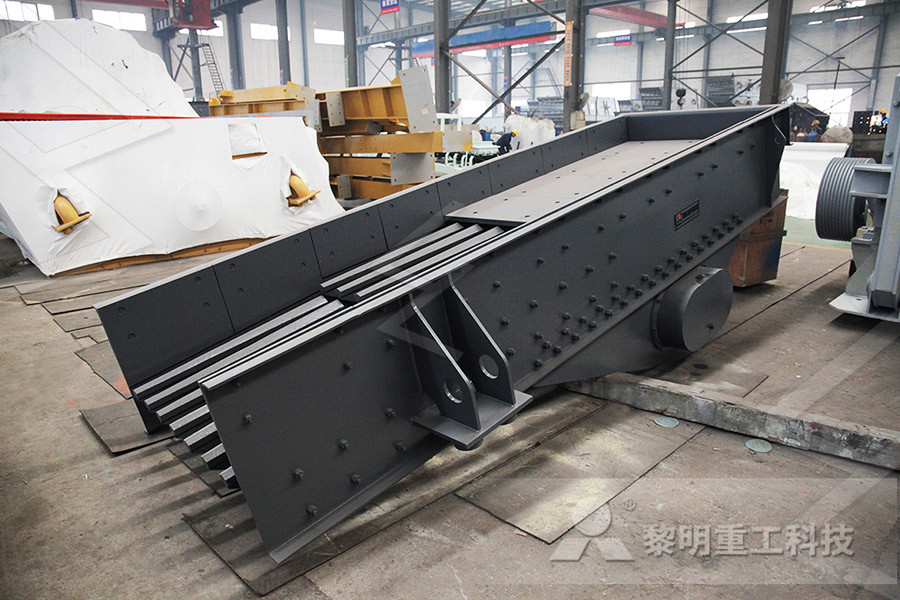
Calcium carbonate scale formation and control SpringerLink
MM Reddy AR Hoch (2001) ArticleTitle Calcite crystal growth rate inhibition by polycarboxylic acids J Colloid Interf Sci Interf Sci 235 365–37007/12/2011 Reddy MM, Hoch AR (2001) Calcite crystal growth rate inhibition by polycarboxylic acids J Colloid Interf Sci 235:365–370 Article Google Scholar Reddy MM, Leenheer J (2011) Calcite growth rate inhibition by fulvic acids isolated from Big Soda Lake, Nevada, USA, the Suwannee River, Georgia, USA, and by Polycarboxylic Acids Ann Calcium Carbonate Nucleation in an Alkaline Lake Surface 15/02/2005 Hoch et al studied the influence of dissolved organic matter (DOM), ie, isolated hydrophobic organic acids and fulvic acids from lake water on the crystal growth rate of calcite They could show that different aquatic DOM also differ in their influence on calcite growth The authors suggest that a general effect of DOM on crystal growth cannot be derived by using Crystal growth of aragonite and calcite in presence of









